Translation Application for Businesses Focused on the Bottom Line

Need the best translation application for businesses that are focused on their bottom line? You’re about to join the productivity ranks of the most successful global companies.
In this article, we’re not going to tell you to outsource all your translation tasks. And we’re certainly not going to encourage you to take the lowest-cost approach, because that would actually hinder the quality of your translations.
But if your business is serious about your reputation among foreign stakeholders, customers, employees or regulatory agencies, the decision about what is the best translation application for businesses mustn’t be taken lightly.
There are many considerations you must make when it comes to adopting a translation app. Use the following guidelines to find the best translation application for bottom-line-focused enterprises.
A Translation Application for Business Should Exhibit These Qualities (if it’s Truly Bottom-Line Focused)
1. Intelligent
As you shop for an translation application for business, keep in mind that 2018 will likely go down in history as the year artificial intelligence (AI) penetrated almost every market in some way, shape or form.
And as we head into the future, there is no reason your organization shouldn’t get on the AI bandwagon. AI serves the purpose of performing mundane tasks for us intuitively, and even repurposing information. It is meant to save us time and money in both the short run and long run.
2. Fast
As the demands on business translation applications ramp up with our increasing global economy, you can’t settle for translation software that is going to slow down your computer or take eons to upload, process and translate bulky batches of files.
After all, time is money. And although the saying is cliché, it always rings true in business.
We live in the information age, and there are so many forms of communication our customers and stakeholders count on for us to distribute to them. This is why when you’re in the comparison process for a translation app that your business will use to create files in other languages, you need to make sure the platform and its user interface are optimized for speed.
3. Secure
Security is one of the most pressing topics in technology today.
You can’t go a single day without seeing a headline about a data breach, can you? But you might wonder what exactly makes data security a quality of a business translation app for companies focused on the bottom line.
Well, data breaches cost companies billions of dollars a year in fines, lawsuits, reputation re-building, lost customers, lower share prices and more. This makes security one of the most important considerations when choosing a translation application for your business.
If you’re the decision-maker for the investment in this type of software, you’ll be well-respected to consult a security expert on your IT team after you have narrowed down your top choices for a platform.
Since translation applications will process and store a lot of data contained within your business documents, it’s important that you mitigate risk by checking out the security offerings of the application you go with.
Don’t Consider Translation Applications That Don’t Have These Productivity Features

Translation applications for businesses should include the following features if they are truly bottom-line focused. Adopting an app with all these features combined has been proven to save companies more than 50% of the time it takes to produce high-quality translations.
1. Web Access
If you want scalability, flexibility and productivity for your team across the world, you need to centralize your translation projects. The best way to do this is by choosing a web-accessible business translation application.
This way, all your source language files and target language files will be accessible from one centralized hub. What’s more, there is no clunky software on your desktop, and you can access your translations on-the-go.
2. Gisting
In international business, it’s a common need to quickly get the gist of an instant message chat online or an email sent to you in a foreign language. In this situation, what good is it to have a translation application that only accepts file uploads?
The best translation app for businesses will also include a gisting feature that allows you to quickly copy and paste text for translation.
3. Automatic File Formatting
Automatic file formatting is another essential feature of translation applications for businesses. This is because it’s likely that file translation will be the most common type of translation that you will need to perform in a business environment.
When you need to upload a file to your translation app, not many people will anticipate that the file’s layout will look different upon download. However, this is the case with many translation programs.
Oftentimes, the user will spend hours reformatting a document to match the original. This makes it imperative to find a translation application that will retain the format and layout of your translated files upon export.
4. Batch File Translation
When you translate files for multilingual communication, it is common to have multiple files that share common words and text segments–especially within a department.
For example, if you work in your company’s marketing department, you might be preparing a marketing campaign that includes Google AdWords copy in an Excel spreadsheet, a print brochure created within InDesign, a website HTML file, a blog post written in Microsoft Word and subtitles for a YouTube video, all pertaining to the same marketing campaign.
Batch file translation enhances your productivity not only by allowing you to quickly upload multiple files at once, but also to edit first-draft translations across one of the files and have the edits automatically applied to the same text that exists across the other files within the batch.
5. Team Collaboration
Business translations rarely involve just one individual. They often have multiple touch points internally, as well as externally.
Whether you’re working with freelance translation professionals or sharing documents for translation with bilingual colleagues, it’s important that your translation application facilitates team collaboration.
Specific capabilities to look for are translation editing history, user permissions control, Translation Memory access by group, and the ability to invite translation professionals into the platform from within the user interface.
This streamlines team productivity and keeps the latest version of a translation accessible to everyone without needing to email file attachments back and forth.
6. Translation Memory
Translation Memory is the gold standard for productivity in business translation applications.
Storing edited translations in a Translation Memory will help you reduce the amount of time and effort needed to produce translations and improve quality. Search for a platform that provides your users with an easy-to-use user interface so you don’t spend a lot of time training your users.
The best app you can find will use your Translation Memories to improve the quality of its machine translation engines.
Want to learn more? Read What is Translation Memory.
7. Dynamic Machine Learning
As we mentioned earlier, today’s most bottom-line-focused business translation applications are powered by AI.
Dynamic Machine Learning is AI technology that enables you to edit multiple files simultaneously, thereby reducing the amount of time you spend translating. When you look for a solution, you shouldn’t settle for one that doesn’t include this technology.
Every machine translation software platform requires training in order to provide the highest-quality translations possible. Dynamic Machine Learning trains your machine translation engine. And as more and more users edit translations, you’ll see impressive continuous quality improvements in your translations.
The more frequently you train the software, the less machine-translated content you need to edit in the future. This helps you cut costs and save time in the short and long run.
8. Automatic Spellcheck
This one is pretty self-explanatory, but it can take you far in terms of productivity.
9. API
If your company is truly focused on the bottom line, opt for a business translation application that gives you access to its application programming interface (API). A business translation API will provide more functionality than simply delivering raw machine translation. All the above features should be available via API calls.
Having access to a robust API means you give other software systems in use by your company more than just access to raw machine translations. You can deliver high-quality, human-edited translations and updated content to other programs, which will save your company time and money.
10. Live Human Tech Support
And last but not least, make sure that any business translation applications you consider will give you live customer support. Ultimately, this will save you time. When you speak to a live agent, you get quicker, higher-quality support when in comes to troubleshooting problematic files and onboarding users.
Include this Business Translation Application in Your Comparison List
At Pairaphrase, we developed the all-around best translation management software available today. We’re hyper-focused on ease-of-use combined with the powerful technology you need to get smart, safe and fast translation.
With multiple plans available to support your organization’s specific needs, we’re here with you as your organization grows.
Not to mention Pairaphrase includes all of the qualities and features we list above, plus much more.
Schedule a live demo to see it in action. Or, request a free trial of Pairaphrase.

Most Accurate Translator Tool: What to Look for [2024]
While a 100% accurate translator does not yet exist, this post will tell you how to get the most accurate translator tailored to your company’s words and phrases.

11 AI Translation Industry Trends in 2024
Explore 2024 translation industry trends! Learn about 10 AI translation industry trends 2024 will bring, according to our predictions.
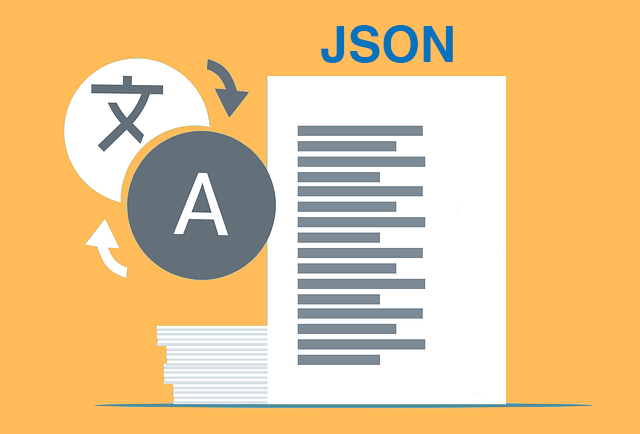
How to Translate JSON Files Online Effectively [2024]
Want to translate JSON files? Learn why Pairaphrase is the best way to auto-translate JSON files online.

How to Translate HTML Files to Another Language [2024]
Want to translate HTML files to another language? Learn why Pairaphrase is the best way to translate HTML files.
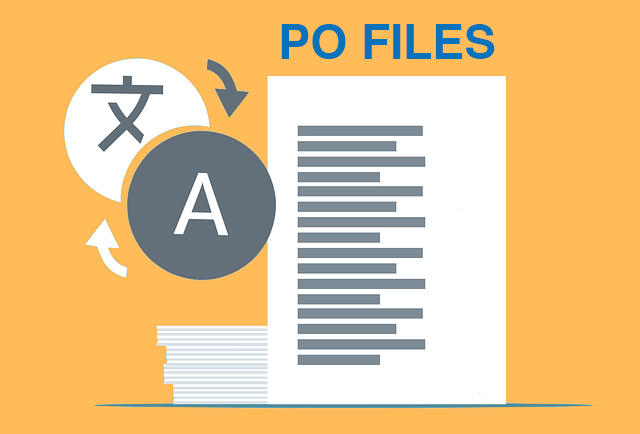
How to Translate PO Files Online [2024]
Need to translate PO files online? Learn why Pairaphrase is the best way to translate PO files.

OpenAI Language Translation: Pros & Cons for Enterprises
Exploring OpenAI language translation capabilities? In this article, discover the pros & cons of OpenAI translation for enterprise use.

File Translation 101: Your Guide to the Basics
Learn all about file translation in this 2023 guide to gain an understanding of the different kinds of file translation services & formats.

Best Way to Translate Elucidat Course Content
Learn how Pairaphrase makes Elucidat course translation reusable, secure, fast and easy.

5 Tips for eLearning Localization in 2024
Need to localize eLearning content? Familiarize yourself with these 5 eLearning localization tips for effective multilingual training.

How to Translate a Text File Online [2024]
Want to translate a text file? Learn why Pairaphrase is the best way to translate a text file for your organization.

Best DocTranslator Alternative (2024)
Want a secure enterprise alternative to DocTranslator? Learn why Pairaphrase is the best DocTranslator alternative for enterprises here »

Top 8 Translation Industry Trends (2023 Outlook)
Explore 2023 translation industry trends! Learn about 8 translation industry trends 2023 will bring, according to our predictions »
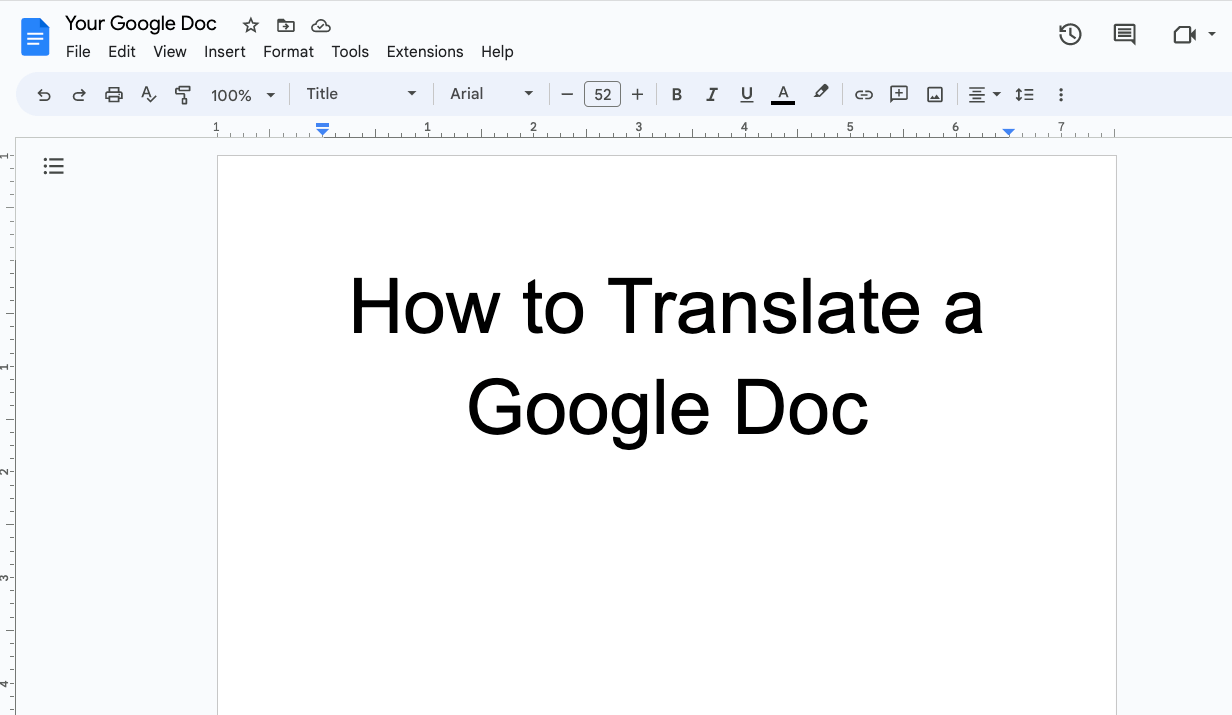
How to Translate a Google Doc Most Efficiently [2024]
Want to translate Google Doc text? Learn why you should use Pairaphrase as your Google Docs translator.

Best English to Polish Document Translation Software [2024]
Looking for English to Polish translation software, but not sure what features you need? Access this buying guide.
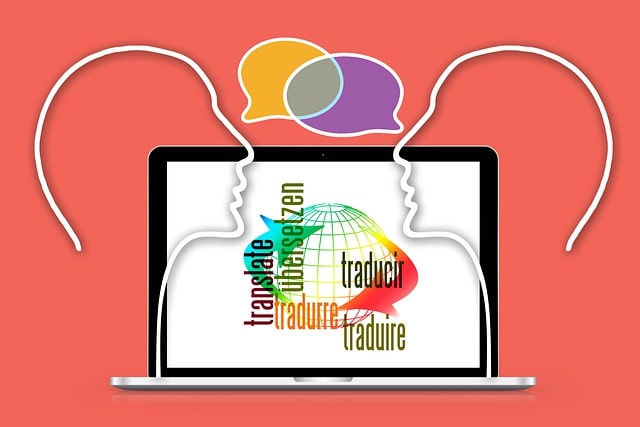
Translation Services 101: Your Guide to the Basics
Need translation services? First, learn the basics! This way, you can make an informed decision. Explore this guide to translation services.

Best Redokun Alternative for Enterprises (2024)
Want a secure enterprise alternative to Redokun? Learn why Pairaphrase is the best Redokun alternative for enterprises here »
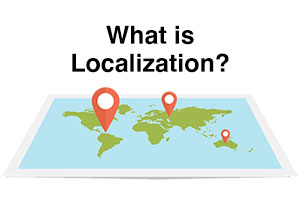
Localization 101: Your Guide to the Basics
Curious about localization? Learn about localization vs translation, what it is, how it works, benefits & more in this guide to the basics!

Best Memsource Alternative for Enterprises (2024)
Want a secure enterprise alternative to Memsource? Learn why Pairaphrase is the best Memsource alternative for enterprises here »

How to Translate Entire Google Sheets (All Cells) [2024]
Want to translate entire Google Sheets? Learn why you should use Pairaphrase as your Google Sheets translator.

How to Translate an Entire Google Slides Presentation [2024]
Want to translate Google Slides presentation text, notes & charts? Learn why you should use Pairaphrase as your Google Slides translator.
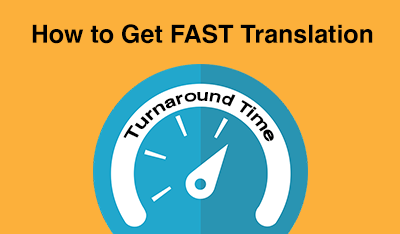
Fast Turnaround Translation: How to Get it
While fast translation turnaround and linguistic quality is a delicate balance, this post will tell you how to best use Pairaphrase to get fast translations.
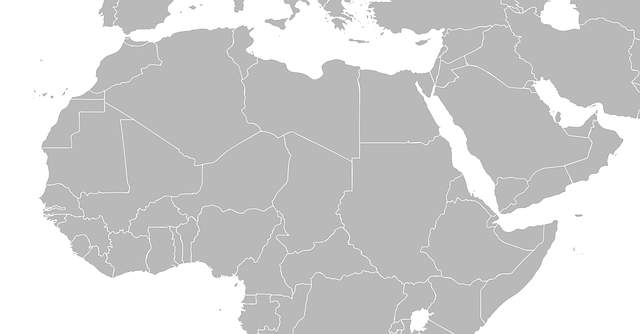
Best English to Arabic Document Translation Software (2024)
Looking for English to Arabic translation software, but not sure what features you need? Access this buying guide.
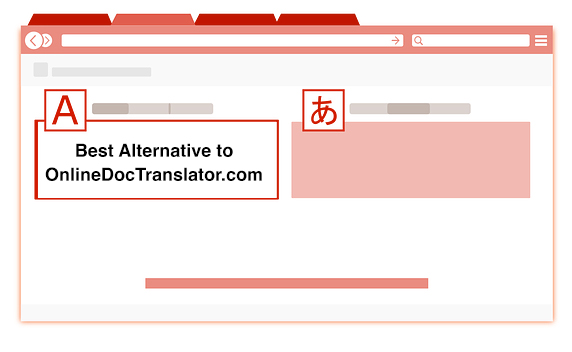
Best OnlineDocTranslator.com Alternative (2024)
Considering an alternative to OnlineDocTranslator.com? Explore why Pairaphrase is the best OnlineDocTranslator.com alternative for enterprises.
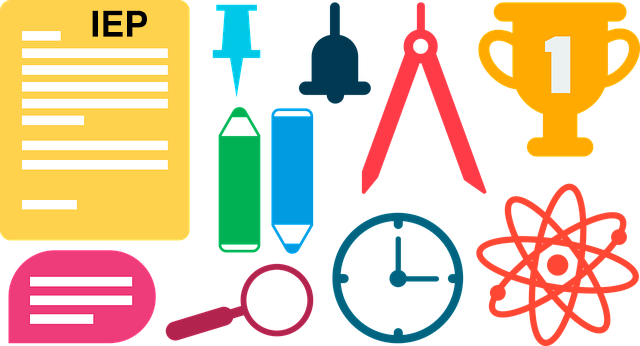
How to Translate an IEP Document [2024]
Need to translate an IEP document? Learn how to translate IEP documents in the most efficient and secure way possible.
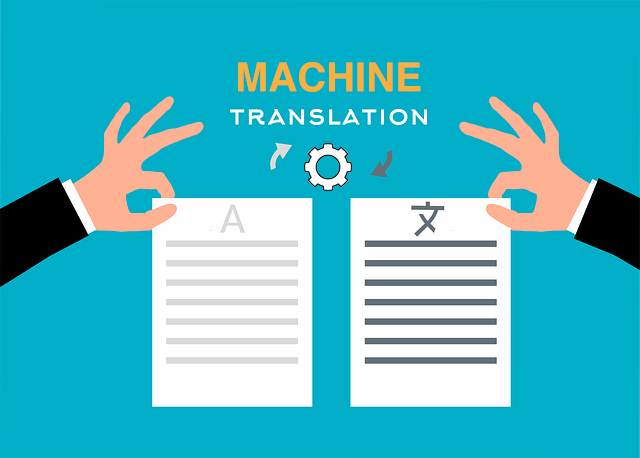
Machine Translation (MT): Your Guide to the Basics [2024]
Curious about Machine Translation (MT)? Learn about machine translation, how it works, benefits of machine translation & more.
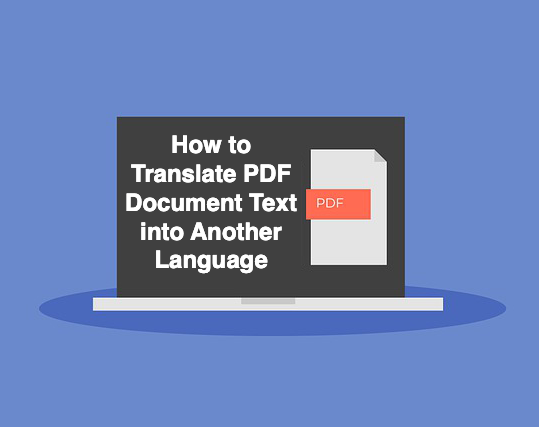
PDF Translation Problems & Solutions: Troubleshooting Guide [2024]
Learn common issues involved with translating PDF documents and discover why Pairaphrase is the best PDF document translator.
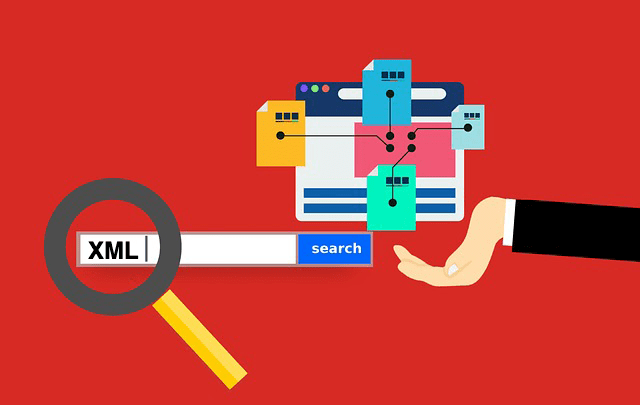
How to Translate XML Files Online (2024)
Need to translate XML files online? Learn about the best features to use when translating XML files.

Best English to Italian Document Translation Software (2024)
Want the best English to Italian document translation software for business? Read about the 10 best English-Italian translator app features.

Terminology Management in Translation: Essential Guide [2024]
Learn all about terminology management in this comprehensive guide.

Smartling Alternative for Enterprises in 2024
Want a Smartling alternative? Explore 10 possible reasons you need one, and why Pairaphrase might be your best alternative.

How to Translate XLIFF Files Online Successfully (2024)
Need to translate XLIFF files online? Learn why Pairaphrase is the best way to translate an XLIFF file.

Best Japanese to English Document Translation Software (2024)
Looking for Japanese to English translation software, but not sure what features you need? Access this buying guide.

How to Translate SRT Files Effectively [2024]
Learn how to translate SRT files in 2022! Explore the reasons Pairaphrase is the best way to translate an SRT file effectively.

Best English to Japanese Document Translation Software (2024)
Looking for English to Japanese translation software, but not sure what features you need? Access this buying guide.

Brochure Translation Software Features to Look for
Need brochure translation? Look for these 10 top brochure translator features (before you buy).

Best Way to Translate Articulate Course Files
Need to translate Articulate course files? Learn why Pairaphrase is the best way to translate Articulate files (XLIFF 2.0).

Best Way to Translate Multiple Files Simultaneously Online
Need to translate multiple files simultaneously online? Learn why Pairaphrase is best for batch translation.
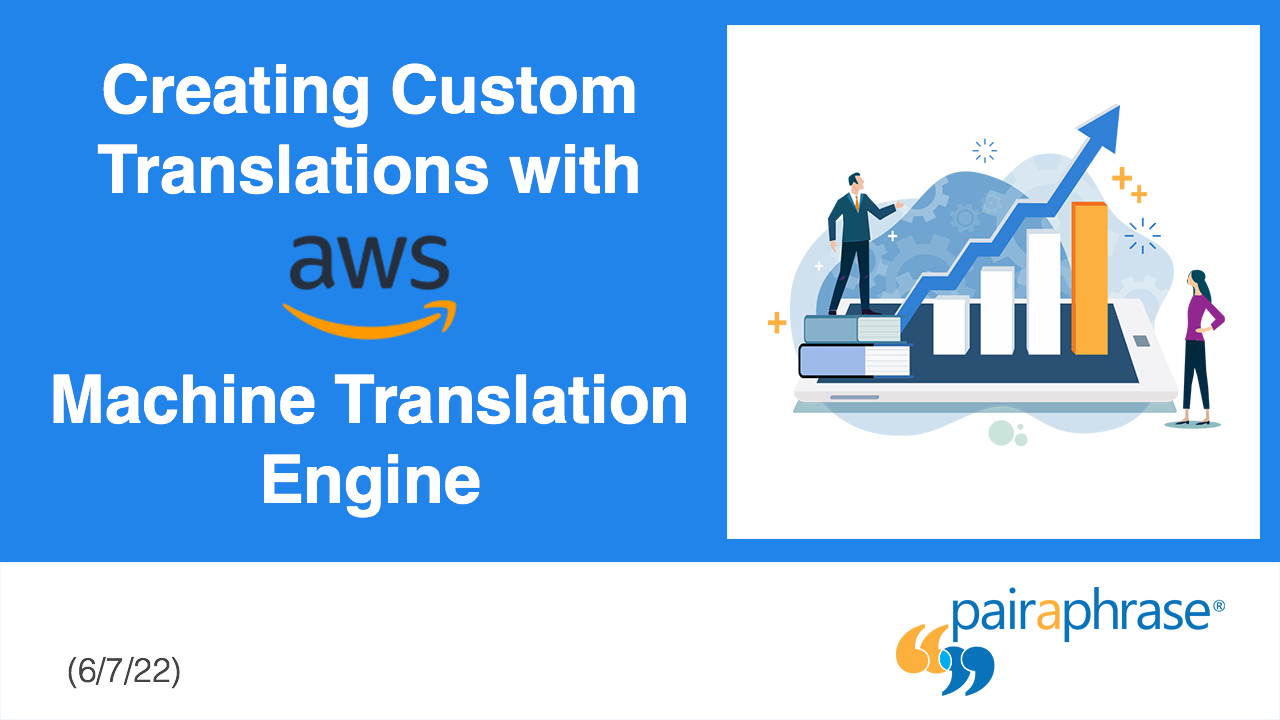
Using Pairaphrase Translation Software with Amazon Translate
Curious about translating with Amazon Translate (AWS)? Learn about using Amazon’s machine translation engine with Pairaphrase.

Best English to Hindi Document Translation Software (2024)
Looking for English to Hindi translation software, but not sure what features you need? Access this buying guide.

How to Translate Large Files with Ease [2024]
Need to translate large files? Learn about the best tools to use when translating large PDF’s, documents & more (10MB+).

Catalog Translation Software Features to Look for
Need catalog translation? Look for these 10 top catalog translator features (before you buy).

Best English to Vietnamese Document Translation Software (2024)
Looking for English to Vietnamese translation software, but not sure what features you need? Access this buying guide.

How to Create Effective Termbase Glossaries for Machine Translation
Need to create a termbase glossary? Get our top 5 tips for creating effective termbase glossaries for machine translation.

Best English to Korean Document Translation Software (2024)
Looking for English to Korean translation software, but not sure what features you need? Access this buying guide.

Best DeepL Alternative for Enterprise Teams (2024)
Explore various DeepL drawbacks and user-specific needs you might identify with. This way, you can conclude whether alternatives to DeepL could fill these gaps.

Top 10 Translation Industry Trends in 2022
Explore 2022 translation industry trends! Learn about 10 translation industry trends 2022 will bring, according to our predictions »
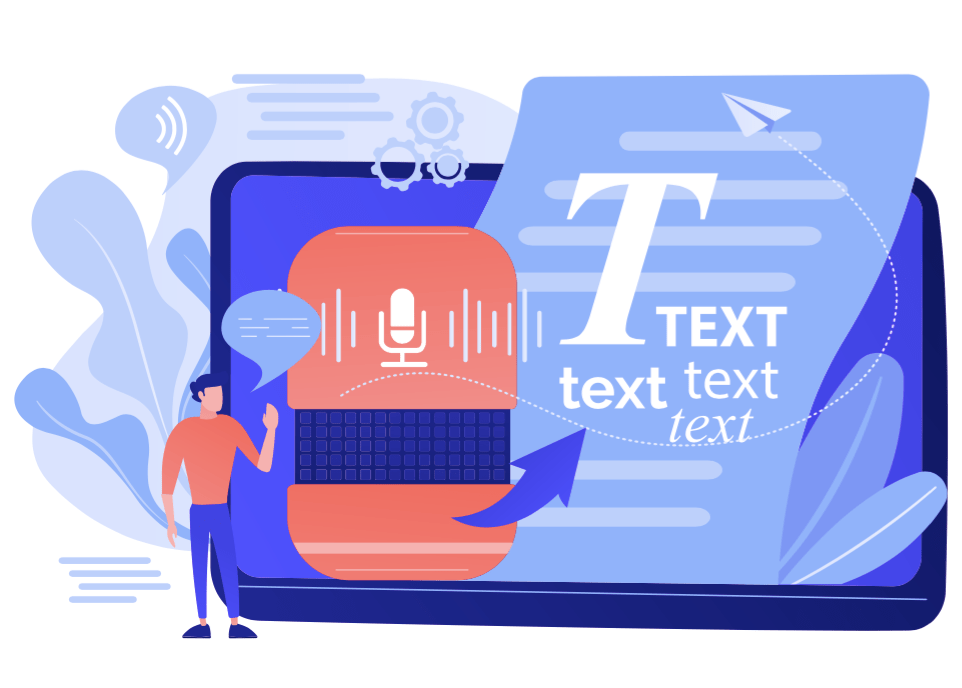
Secure Transcription Software That Translates Languages
Need secure transcription software that translates languages? Learn what features to look for and how Pairaphrase will benefit you.

Best English to Portuguese Document Translation Software (2024)
Looking for English to Portuguese translation software, but not sure what features you need? Access this buying guide.
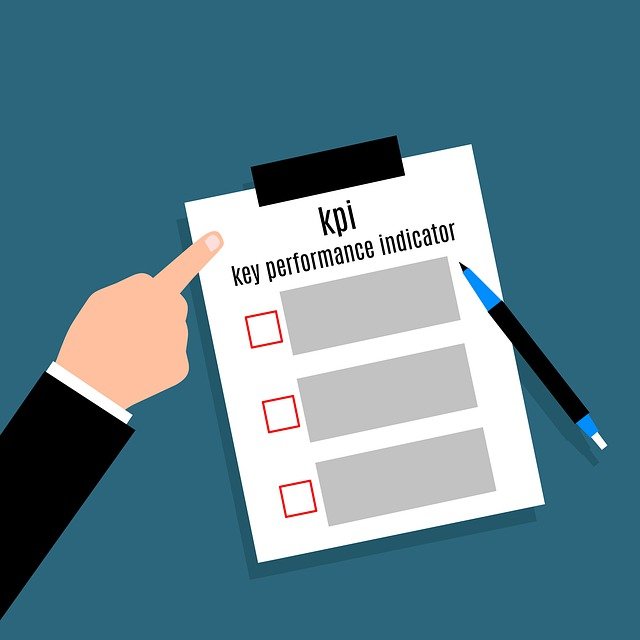
Translation KPIs for Translation Management Success
Establishing translation KPIs (Key Performance Indicators)? Here are the 5 Most Important KPIs for translation management success.


